The Future of the International Monetary Fund
The International Monetary and Financial Conference at Bretton Woods, N.H. in the summer of 1944 set the institutional ground-rules for international economic and financial relationships in the post-World War II world, and established two complementary institutions, the International Monetary Fund (IMF) and the International Bank for Reconstruction and Development (World Bank). The World Bank was to focus on longer-term development finance, notably specific projects that could bring to bear the institution?s technical expertise, while the IMF was to focus on the restoration of foreign exchange convertibility, the maintenance of a fixed but adjustable exchange rate regime, and the provision of short-term lending facilities to countries in temporary balance of payments difficulties. Together with the General Agreement on Tariffs and Trade, the Bretton Woods design for a postwar economic order that would speed economic recovery and promote sustained development of the global economy undoubtedly represents one of the great achievements of international economic policy in the 20th Century.
Much has changed with respect to the IMF?s mission. Restoration of full currency convertibility among industrial countries was achieved by the beginning of the 1980s, and has been progressively attained by most of the major developing countries as well. The fixed but adjustable exchange rate system ended in 1973. With it, the need declined for massive short-term balance of payments financing for countries moving to floating exchange rates ? thus focusing central bank intervention on the maintenance of orderly conditions…

